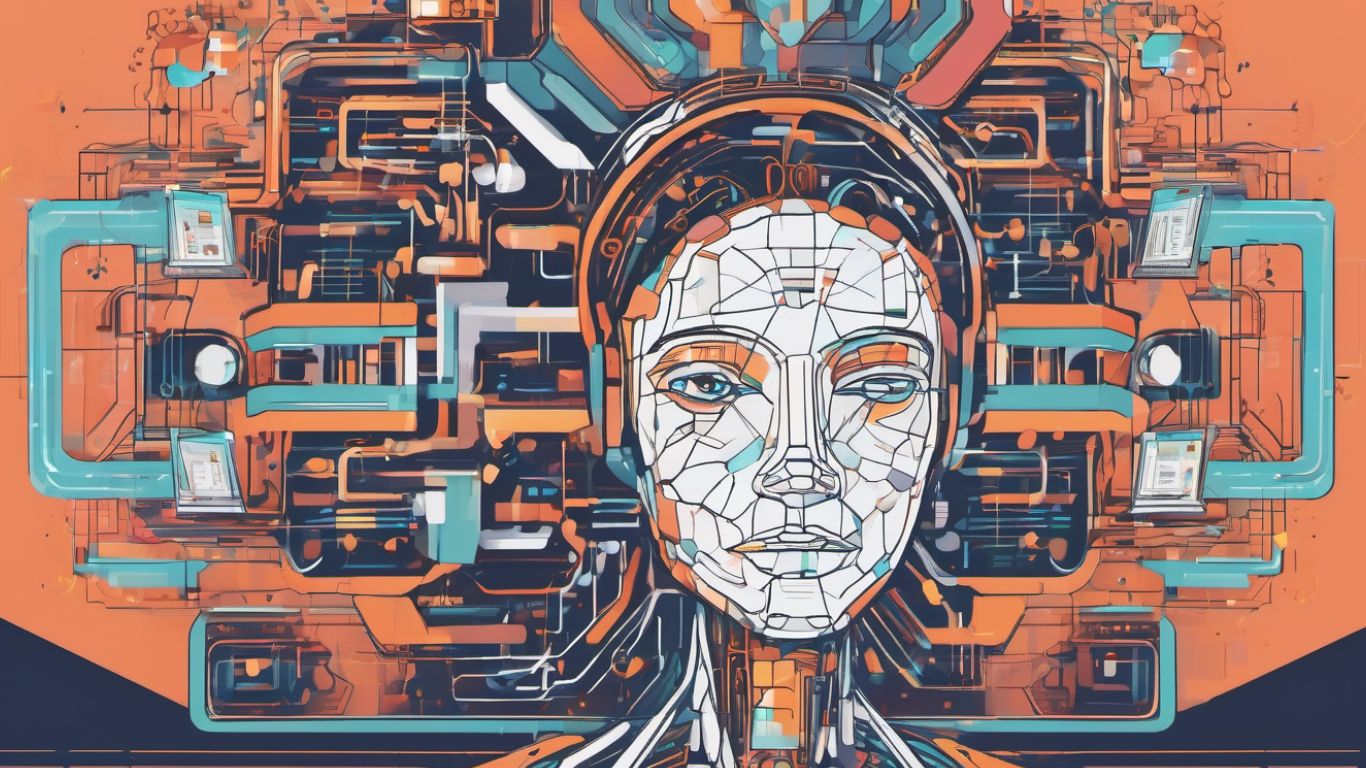Generative AI models have revolutionized the fields of entertainment and marketing by enabling the creation of highly original and engaging content. This guide will outline the critical aspects of developing a generative AI model tailored for creative content generation. We’ll explore its purpose, industry applications, technical requirements, training data, model architecture, and ethical considerations.
Purpose of the AI Model
The primary purpose of this AI model is to generate creative content. Whether crafting captivating stories, designing visually stunning images, or producing engaging videos, this model aims to push the boundaries of creativity.
Industry Application

This AI model is designed for use in the entertainment and marketing industries. In entertainment, it can be employed to generate scripts, storyboards, visual effects, and even virtual characters. In marketing, it can assist in creating compelling advertisements, social media content, and promotional videos.
Technical Requirements
To ensure the AI model meets the demands of both industries, it needs to adhere to several technical specifications:
- High Creativity and Originality: The model must produce content that is not unique but also highly imaginative.
- Multimedia Input Capability: It should understand and process various inputs, such as text, images, and videos, to create comprehensive content.
- User-Friendly Interface: A simple and intuitive interface is essential for easy interaction, allowing users to input their ideas and receive outputs effortlessly.
- Scalability: The model should handle projects of all sizes, from small-scale tasks to large-scale productions.
- Efficiency: Quick processing times and optimal resource utilization are crucial for timely content generation and cost-effective operations.
- Learning and Adaptation: The AI model must improve its outputs over time by learning from its experiences and the data it processes.
Training Data
For the AI model to excel in creative content generation, diverse and rich training data is required. This includes:

- Image and Video Datasets: High-quality visual content to train the model to generate realistic and appealing images and videos.
- Text Corpora: Extensive collections of written content to help the model understand language nuances and generate coherent and engaging text.
- User-Generated Content: Real-world examples of user-created content to provide insights into current trends and preferences.
Model Architecture
The AI model will utilize a Custom Recurrent Neural Network (RNN) with Long Short-Term Memory (LSTM) to achieve the desired creativity and adaptability. This architecture is well-suited for handling sequential data and maintaining context over long periods, vital for generating coherent and contextually relevant content.
Ethical Considerations
The development and deployment of the AI model come with significant ethical responsibilities. Key considerations include:
- Copyright and Intellectual Property: Ensuring the AI does not generate content that infringes on existing copyrights or intellectual property rights.
- Harmful Content Prevention: Implementing measures to avoid producing harmful, deceptive, or inappropriate content.
- User Privacy and Data Security: Protecting user data, mainly when user-generated content is used for training.
- Transparency: Indicating when content is AI-generated to maintain transparency and trust.
- Misinformation Monitoring: Regularly monitoring outputs to detect and prevent the spread of misinformation.
- Responsible Use Guidelines: Establishing and adhering to guidelines for the ethical use of the AI model, avoiding manipulative or exploitative practices.
FAQs
What is Generative AI?
Generative AI refers to a category of artificial intelligence capable of creating new content. This can include text, images, videos, and more by learning from large datasets and identifying patterns to produce new outputs that mimic the style or characteristics of the training data.

How does this AI model generate creative content?
The AI model leverages advanced neural network architectures like Custom Recurrent Neural Networks (RNN) with Long Short-Term Memory (LSTM) units. These architectures effectively understand and generate sequential data, which is crucial for crafting coherent and contextually relevant creative content.
What industries can benefit from using a generative AI model for content creation?
The primary industries that can benefit from this AI model include entertainment and marketing. In entertainment, it can assist in generating scripts, storyboards, and visual effects. The model can create compelling advertisements, social media content, and promotional videos in marketing.
What types of data are used to train the AI model?
The AI model is trained on a rich and diverse dataset consisting of high-quality images, videos, large text corpora, and real-world examples of user-generated content. This variety ensures the model can produce a wide range of creative outputs.
How is user privacy protected when using this AI model?
User privacy is of utmost importance. Measures are in place to protect user data, mainly when user-generated content is employed for training purposes. Additionally, the AI securely processes data to ensure data security.
Can this AI model handle different types of media inputs?
Yes, the AI model is designed with multimedia input capability, allowing it to process and understand various forms of inputs such as text, images, and videos. This enables it to generate comprehensive and diverse content outputs.
What ensures the originality and creativity of the generated content?
The model is built to emphasize high creativity and originality, incorporating advanced algorithms and extensive training datasets to ensure unique, imaginative, and compelling outputs. Continuous learning and adaptation also enable the model to enhance its content quality over time.
How does the AI model adhere to ethical guidelines?
Ethical considerations are integral to the design and deployment of this AI model. It includes mechanisms to avoid copyright infringement, prevent harmful content generation, maintain user privacy, and ensure transparency. Responsible use guidelines and misinformation monitoring are also established to uphold ethical standards.
Conclusion
Generative AI models hold immense potential for transforming creative content generation in the entertainment and marketing industries. By adhering to the outlined technical requirements, leveraging diverse training data, and maintaining high ethical standards, this AI model can become an invaluable tool for content creators.











